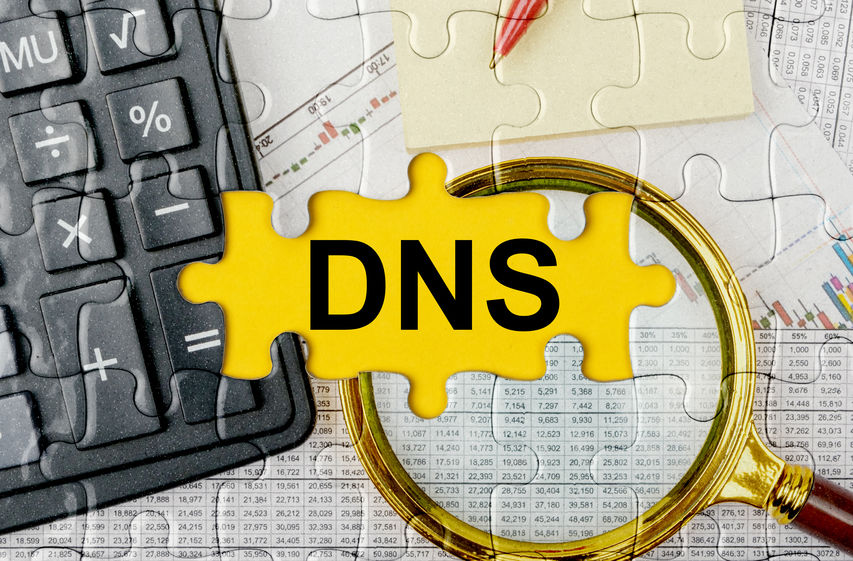Time is a critical factor to be considered almost for everything. Every project, business, process, fixing, etc., you try is marked by a specific time. Computing and networking are not exceptions. Lots of processes must happen in determined periods of time, actually in milliseconds, to be considered efficient and successful.
TTL meaning and definition
The letters TTL are the initials for time-to-live. It is the value that points to the exact period of time or number of hops that data packet is configured to be alive on a network or in the cache memory. Once that time expires, or it hops the number of times, routers will discard it. There are different kinds of data-chunks, and they all work with their specific TTL. Meaning, the time such data will be held in a device to complete determined tasks or functions.







